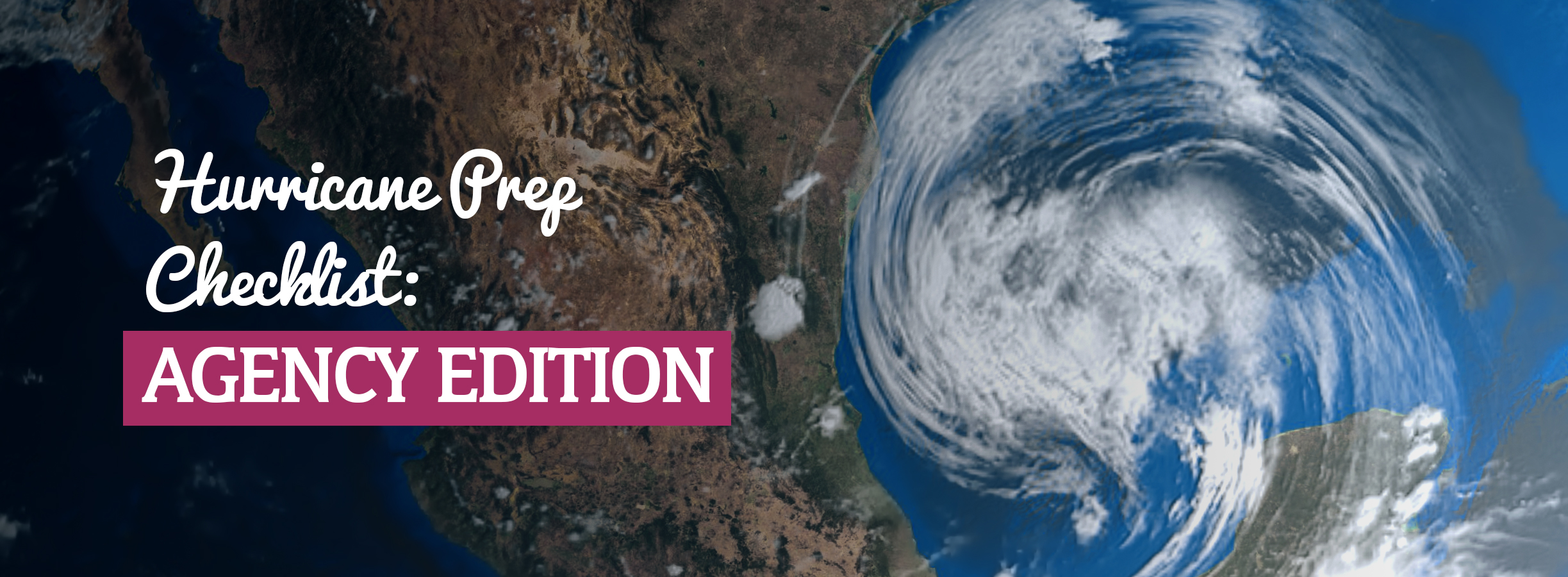Think Outside the Box
Tuesday, August 25, 2020
As creatures of habit, it’s easy to fall into routine and it’s harder to break away from the ‘norm’. It’s often suggested to change your daily routine every so often – take a different route to work, try somewhere new for lunch. The same should apply to your advertising and marketing efforts.
Clients don’t want the same old, they’ll get bored and move onto another agency that knows all about the latest and greatest. While shoving the newest thing in their face everyday isn’t it either, it’s important to find a middle ground that’s impressive and innovative, but not overbearing.
First things first, Get Inspired.
Take a look at some really great ads that make you sit there and admire them. Listen to music that pumps you up. The key here is to come up with something unique that will excite the client as much as it excites you. Put yourself in their position and think about what they’re trying to accomplish, or what they’d like to see. Forget a stock image for a print magazine – what about an image you fold to make an origami bird that comes out looking like your ad? Nothing is impossible… not yet.
Once you’ve come up with that big idea, Be Realistic.
Right now you’re envisioning your ad on NASA’s new rocket ship – you’ll get the eyes on television for added value! But, we might have to come down to Earth just a bit. Contradicting to nothing being impossible, huh? Welcome to the world of advertising! Think about everything that might become an issue: budget, cost, and if we didn’t mention, budget. It might be a bit expensive to launch your ad on NASA’s rocket ship, but it shouldn’t stop you from executing your big idea. Think smaller scale now – if people will be viewing the launch on TV, create an ad that says “wish this was on the Rocket” to play on humor, create a commercial that plays minutes before, tying in the rocket launch. Pretend your idea is a fitted sheet – it might take a couple tries, but once you mess around, it’ll fit the bed.
Read the Room around you.
Ensure you know your audience well enough before you get too carried away. It’s important to accomplish what your client is looking for, and it’s more important to exceed their expectations – but don’t scare them off by thinking too big, or risking too much. Not everyone is an adventure seeker that enjoys the thrill of roller coasters. Even if they do enjoy roller coasters, match their excitement, but be mindful there’s a chance it could fail. People do get stuck on rides, it happens all the time. Having a back up plan or solutions to any potential challenges that may lie ahead will make all the difference. Be mindful you’re pitching someone something that will cost them money. Most people want to be sure it’s worth investing before they spend a dime.
Say it Out-loud to your co-workers.
Sometimes things just sound better in our heads. Running through an idea with your team can do one of two things:
Help you realize it’s a great idea
OR
Help you realize it’s a terrible idea
It’s important to get the opinion of the account manager – they understand the client and their needs very well, and sometimes can even add onto your idea, knowing exactly what the client will love. At the end of the day, show your client you care about them and enforce that you constantly think of innovative ways to help their business. It’ll go far, and they’ll appreciate it more than thinking you’re just a crazy adventure seeker who doesn’t consider cost.






